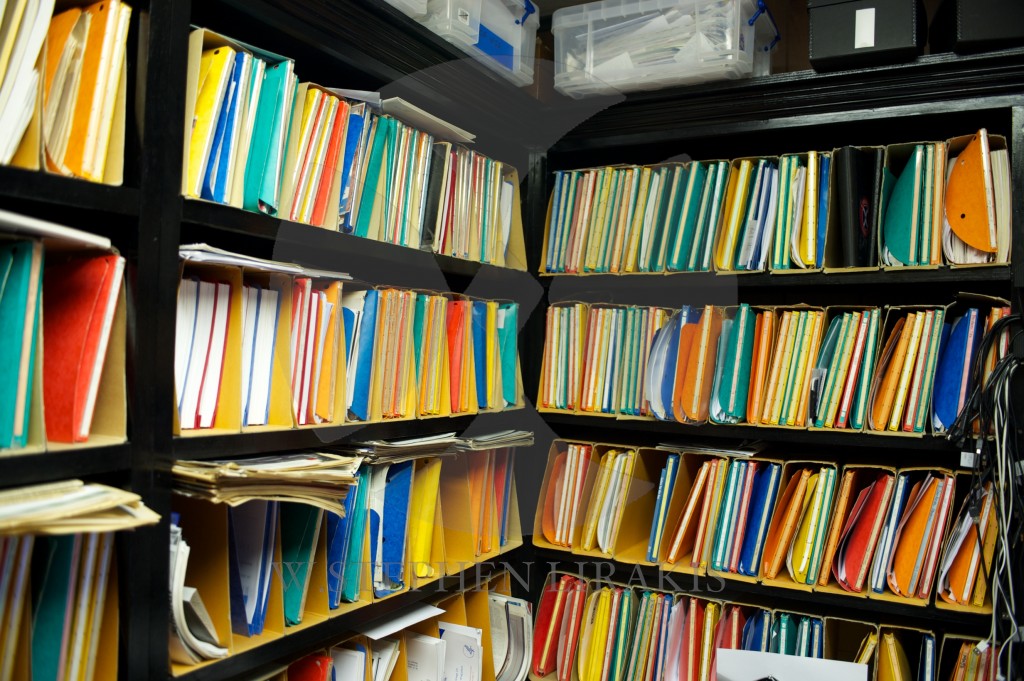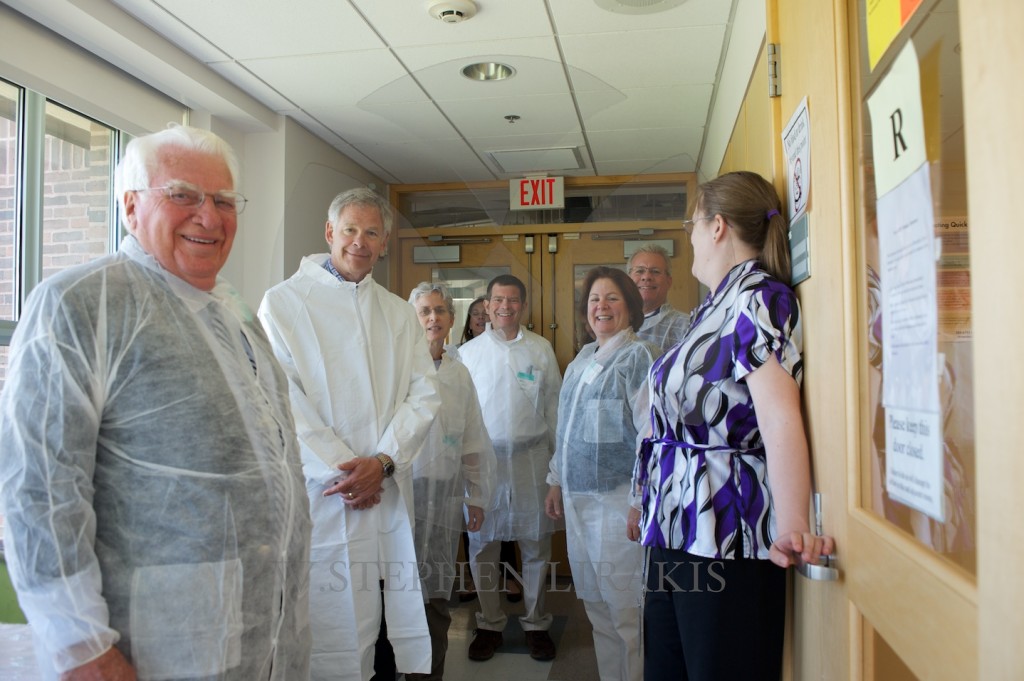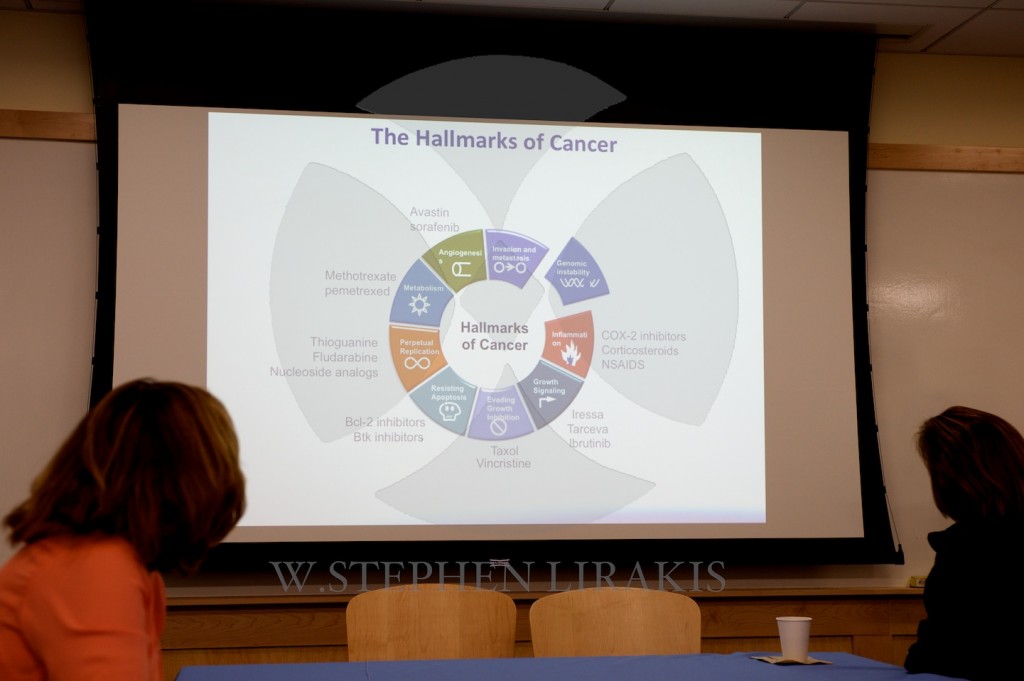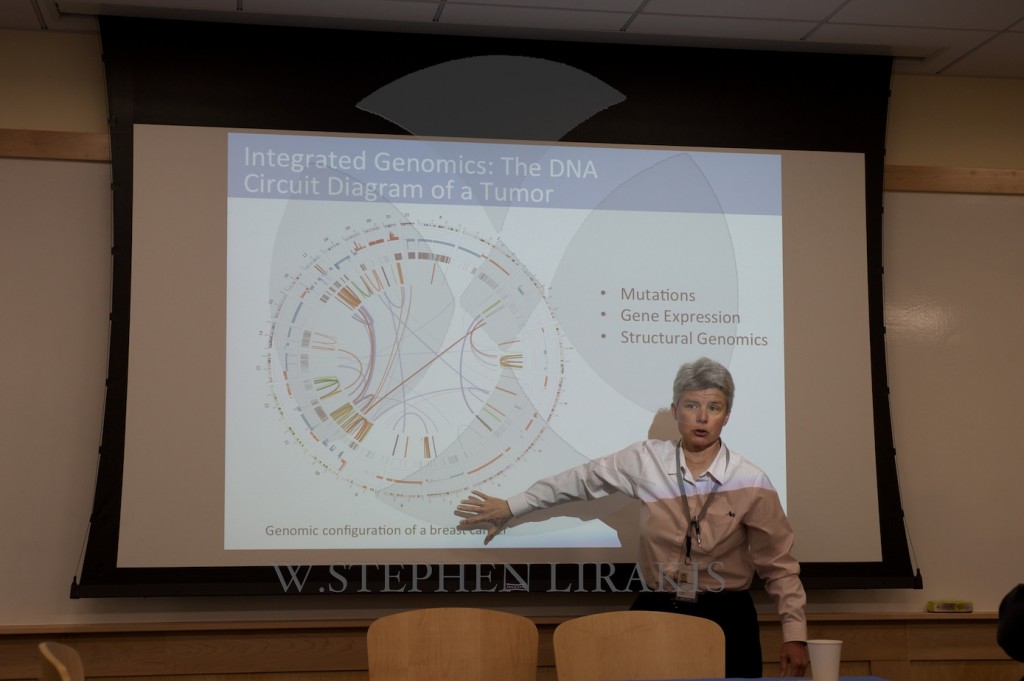I was supposed to be part of this video supporting Ashley Perrin’s bid for a place on the all women’s team in the next Volvo race. The timing didn’t work out. Here is the finished product.
Ashley was on the crew of “Tempest” the 80 foot Sparkman & Stephens ketch in the 2005 Transatlantic race. We won our class; without Ashley this would likely not have happened.
Category: medicine
STEM CELLS
Banking stem cells in the hope of a lifesaving cure
HEALTH CARE, HEALTH CARE TECHNOLOGY, PHARMACEUTICALS BIOTECHNOLOGY AND LIFE SCIENCES, BUSINESS NEWS
Forget about cash—start banking your body.
Using a technology that echoes science fiction movies, a French company is offering people a “bank” to store their own stem cells for years in a bet that those cells may be used to grow replacement organs and possibly save their lives someday.
“It’s a personal deposit of your cell,” said Dr. André Choulika, CEO of the biotech company Cellectis, which is launching the stem-cell bank known as Scéil this month.
Given the rate of developments in stem-cell research and their potential for curbing health costs, Choulika thinks Scéil’s model of creating and storing stem cells one day will become so cheap that it will become mandatory for people with medical insurance.
“This pace of science currently goes so fast, probably in a few years, less than 10 years, everyone will have their own cell backup, and it will be a requirement,” said Choulika, whose company is named after the Gaelic word for “story,” and is pronounced “sail” by Choulika.
“We believe that regenerative medicine is the future,” he said.
In the present, though, it is anything but cheap. Scéil’s services cost $60,000, Choulika said, adding that it is “a one-time payment, for your life.”
(Read more: Hot biotech IPOs)
Choulika said he expects enthusiastic adoption by wealthy clients, as has been seen with other new technologies. Then, system improvements and competition could drive the initial price down considerably.
“It’s expensive, or it seems expensive, for one reason,” Choulika said. “We don’t know how many people are going to sign up, and it’s a very complex and sophisticated technology,” he said. The number of people now who could both afford the process and be interested in trying it might top 1 million.
The company says it has already signed customers, though it doesn’t wish to reveal details about them. Those clients will be putting down a hefty sum on a bet that that outlay will be more than offset by the benefits realized from scientific breakthroughs in coming decades.
A depositor at Scéil will make an appointment with a dermatologist, who will take “a small puncture out of your skin, under the arm, 3 millimeters in diameter,” Choulika said. “Then the sample is shipped to our treatment center, which is located in Singapore.” (He was visiting Scéil’s facility there when he spoke to CNBC.com in a phone interview.)
(Read more: We Americans are healthy, really!)
The skin cells are grown in the lab and genetically manipulated with enzymes in a way that reverts them to a stem-cell state.
“It’s like a computer that you want to reboot, and you want to rewrite the hard drive all in zeros,” Choulika said. “The cells totally forget what they are, and go back to ‘stage zero’ in life.”
Then those stem cells are themselves grown in “a very large sample,” he said. Afterward, the cultivated stem cells are split into three “very large” batches and stored in Scéil locations in Singapore, Switzerland and Dubai. The separation acts as a fail-safe measure.
Because of the accumulation of mutations in a person’s DNA, the earlier a deposit in a stem-cell bank is made, the better, though “it’s never too late,” Choulika said.
The technology that Scéil uses is based on research that won Japanese physician Shinya Yamanaka the 2012 Nobel Prize for Medicine.
(Read more: High medical bills drive bankruptcy)
For years, scientists believed that embryonic stem cells—the cells that can generate all the types of cells in a person’s body—could be obtained only from embryos or blood in the umbilical cord. That meant that unless umbilical blood was collected at birth, there was no way to use existing cells to cultivate new ones that later technologies might be able to grow into full organs, blood or bones.
“That was the paradigm,” Choulika said. “You could never go back to the stage of stemness, like an embryonic cell, the first stage of life,” “The stem cell, from the beginning of life, gives you any kind of tissue. However, you can never go back from there. … Once you have a skin cell, the skin cell remains a skin cell.”
But Yamanaka shattered that paradigm when he discovered in 2006 that “intact mature cells in mice could be reprogrammed to become immature stem cells” when a cocktail of several genes were introduced into the mature cells, the Nobel Committee noted in announcing the award last year.
“With any cell of a person, then, you can rebuild any kind of tissue,” Choulika said. “You can rebuild neurons; you can rebuild blood. You can rebuild anything.”
At the moment, the technology of building tissue on a large scale is in its infancy, and years away from being able to grow so-called pluripotent stem cells into full organs for transplant into their donors.
Movement toward that goal was seen earlier this month, when the Japanese government approved the world’s first clinical trials using such stem cells for treating age-related blindness.
That conjures images of the 1982 dystopian cult classic “Blade Runner,” in which a memorable scene involves a scientist working in a lab where human eyes are grown.
The cultivated stem cells also could be used to test drugs’ efficacy and risks.
NEXUS
To continue the thread of research at Jackson Laboratory. Progress is leaping forward in no small measure as a result of the progress in computers. Imagine that only a short time ago it took 10 years to map the human genome. That same task today takes 10 days. Just as google searches for key words, programs can now be created to accomplish similar tasks in gene research. Additionally, it is no longer necessary to remember where and search the shelves of documents for specific information that was so very time consuming; not to mention the possibilities of sharing data by the internet.

The prospect of moving knowledge forward we are living in exciting times.
I will add that this applies to weather prediction as well, hurricane season started the first of june, today we have the first named storm. We cannot control the weather and I am not certain we should, but we can be better prepared with advanced knowledge.
LAB RATS




Yesterday was a visit to Jackson Laboratory located in Bar Harbor, Me. They have a powerful team searching for a cure for cancer. The laboratory is probably the most famous place for medical research that you have never heard of.” I certainly fit that category. As a layman listening to what was certainly a dumbed down version of the work being done I was still overwhelmed by my effort to absorb concepts I was unfamiliar with. It will take a while to synthesize the information.
To say that Bar Harbor and Acadia National Park are truly beautiful; does not really do justice to the sights.
